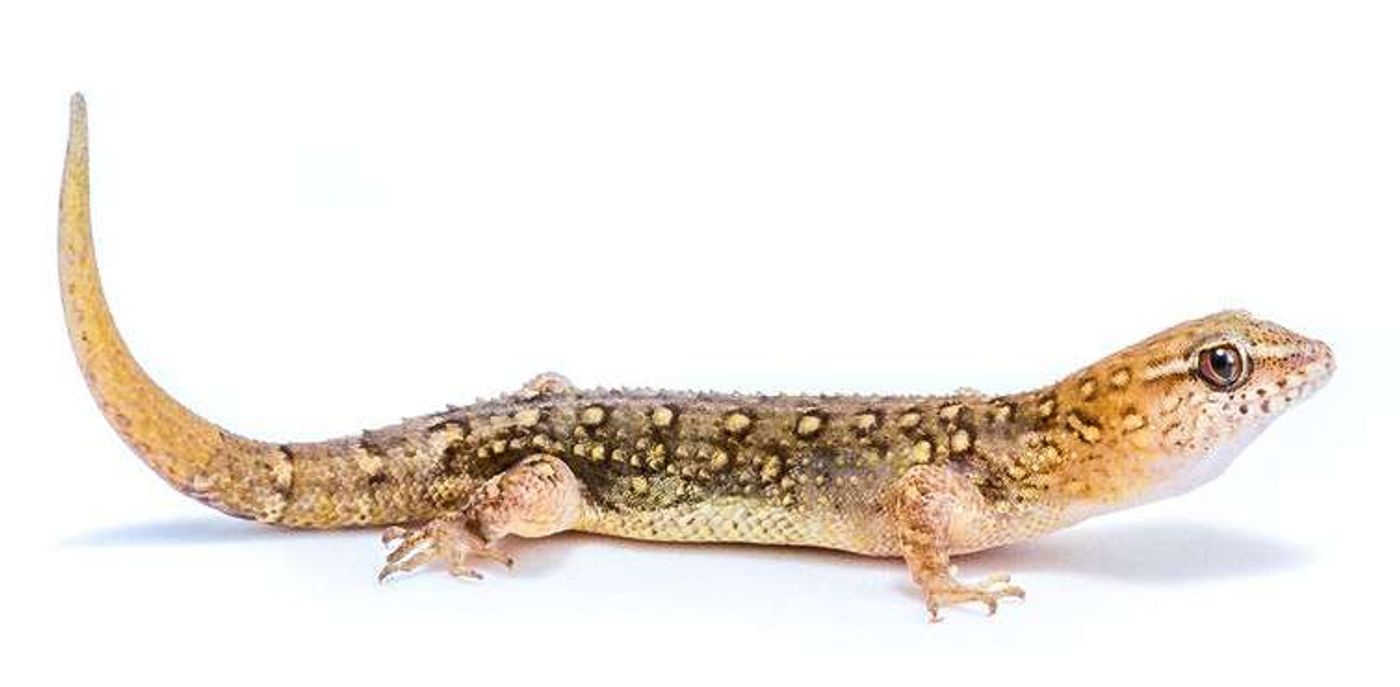These Geckos Evolved Bigger Heads in Response to Human Actions
Humans are constantly changing the environment around them to suit their needs. Among the things we do are tear down forests to make room for homes and construct large dams that seal off major waterways. Nevertheless, one of the questions we often don’t stop to ask is how our construction projects will impact the nearby wildlife.
A dam constructed in Brazil many years ago is providing scientists with a rare glimpse at how altering landscapes can affect wildlife. Published in the journal PNAS, the researchers found that a small gecko species dubbed Gymnodactylus amarali evolved larger heads over a short time, and humans might be behind it all.
Image Credit: Carlos Eduardo Ribeiro Cândido, Universidade de Brasília
When water was allowed through the dam in 1997 to form a reservoir, the ensuing floods separated the hilly terrain into a whole host of smaller islands composed of the exposed hilltops. The water cut off a plethora of lizard species from their natural food sources, and many went extinct as a result.
The disappearance of several lizards left the smaller gecko Gymnodactylus amarali with a surplus of insects to eat. Unfortunately, many of these geckos didn’t have a mouth large enough to feast on many of these insects. Those that did ate the most and survived the longest, but those that didn't would struggle to obtain energy to survive.
Related: Watch a marine iguana swim for food near the Galapagos Islands
Within a timeframe of just a couple of decades, something interesting happened. The island-based geckos evolved a head that was up to 4% bigger than their mainland descendants. Although this doesn’t seem like much on paper, it gave them marginally larger mouths.
The more appropriately-sized mouth expanded the possibilities of prey catching for the geckos, allowing them to eat insects they couldn't normally fit between their jaws. The bigger menu meant they could eat a higher variance of food and this turned out to be advantageous for obtaining energy for survival.
Related: Do blue tails on some lizards serve an important purpose?
Since these changes only impacted the island-based geckos, those existing on the mainland carried on with their lives as usual. As a result, those on the mainland didn't undergo any head size changes, which is why only the island-based geckos seem to have grown.
One could safely assume that if the dam had never allowed the mainland to flood, then perhaps all the geckos would still have similarly-sized heads.
It’s not the first time researchers have spotted rapid evolution in animals, but it’s not very often that we get the opportunity to observe it in response to human-based environmental disturbances. The study provided researchers with a rare glimpse at how our actions impact the environment and the species that inhabit it, something that flies under the radar much too often.
With more research, not only could we learn more about the geckos in this particular region of Brazil, but we could also learn about additional animals species that are evolving right under our noses because of the things we do to their environment.
Source: Phys.org, Science Magazine









